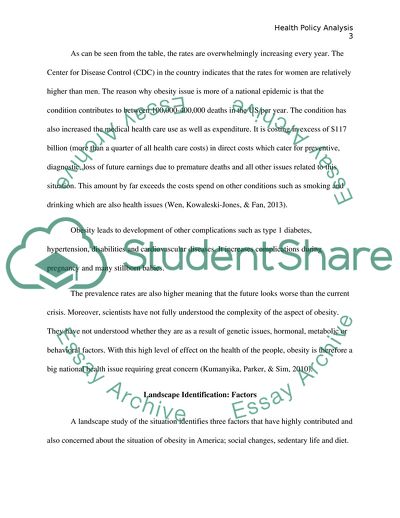Cite this document
(The US Health Policy Analysis Coursework Example | Topics and Well Written Essays - 2250 words, n.d.)
The US Health Policy Analysis Coursework Example | Topics and Well Written Essays - 2250 words. https://studentshare.org/health-sciences-medicine/1818496-health-policy-analysis
The US Health Policy Analysis Coursework Example | Topics and Well Written Essays - 2250 words. https://studentshare.org/health-sciences-medicine/1818496-health-policy-analysis
(The US Health Policy Analysis Coursework Example | Topics and Well Written Essays - 2250 Words)
The US Health Policy Analysis Coursework Example | Topics and Well Written Essays - 2250 Words. https://studentshare.org/health-sciences-medicine/1818496-health-policy-analysis.
The US Health Policy Analysis Coursework Example | Topics and Well Written Essays - 2250 Words. https://studentshare.org/health-sciences-medicine/1818496-health-policy-analysis.
“The US Health Policy Analysis Coursework Example | Topics and Well Written Essays - 2250 Words”. https://studentshare.org/health-sciences-medicine/1818496-health-policy-analysis.


